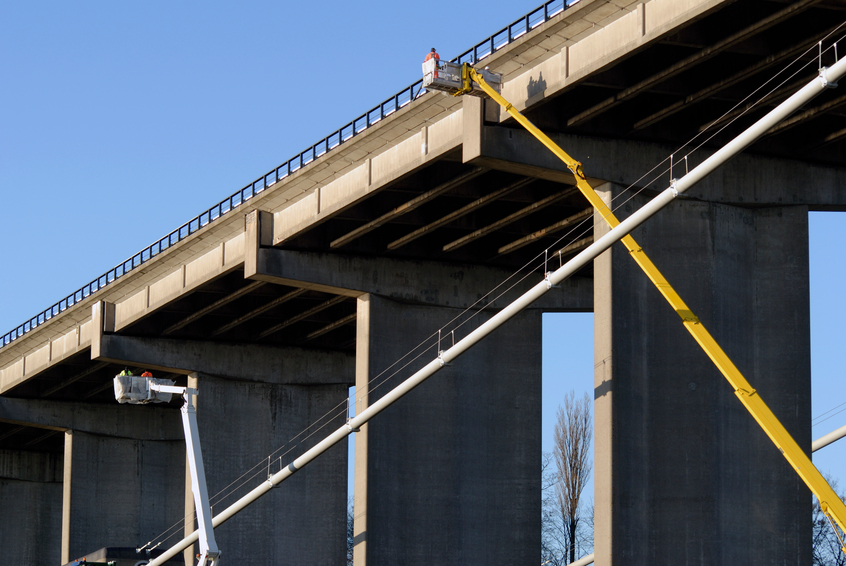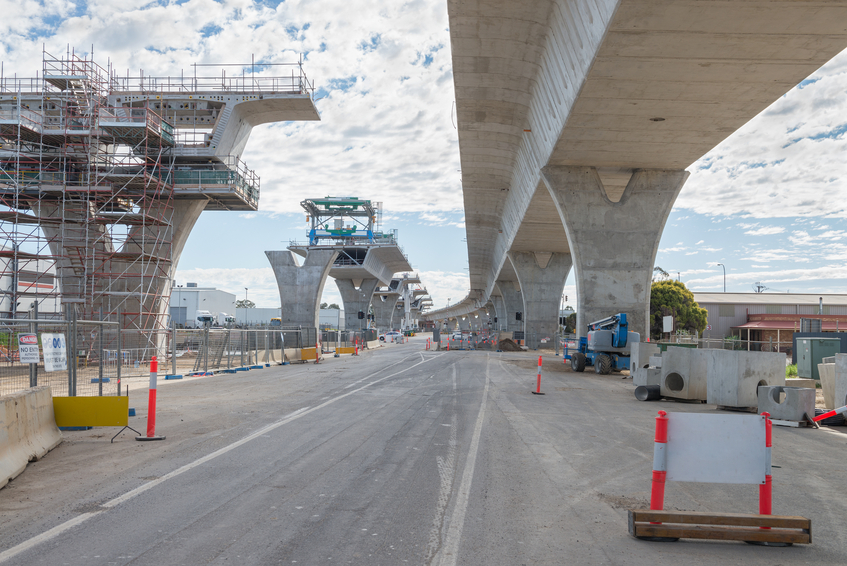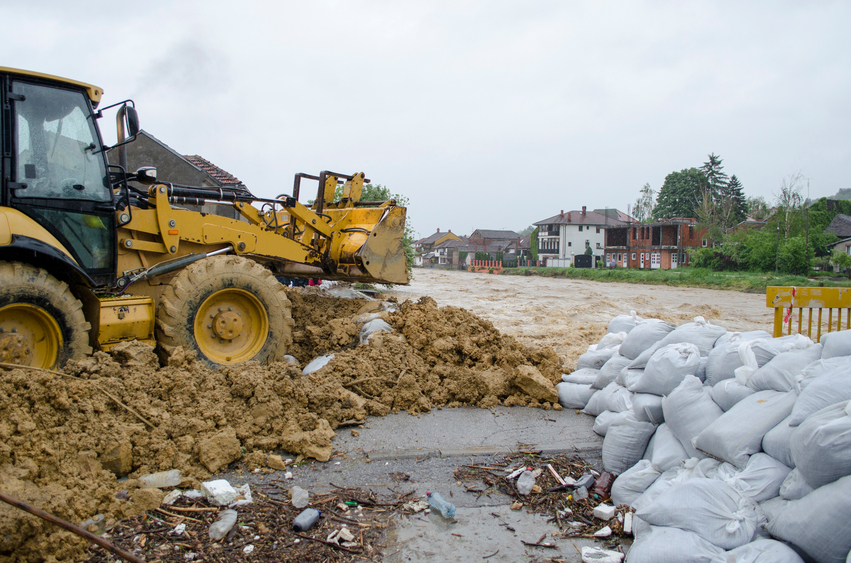Pennsylvania Structural and Ethics 24 PDH Discount Package 3
Repair and Retrofit of Fatigue Cracks in Steel Bridges (S09-001)
Reducing Flood Risk to Residential Buildings that Cannot Be Elevated (S01-009)
General Principles of Engineering Ethics (LE2-016)

This online engineering PDH course provides basic information on the capabilities of sonar technologies in performing underwater bridge inspections and its benefits in supplementing dive inspectors to improve inspections.
The requirements for underwater bridge inspection procedures using divers are well documented within the U.S. However, some bridge inspectors and owners have increasingly been supplementing dive inspections with acoustic imaging technology to enhance inspection quality, increase safety, increase efficiency, and improve documentation of findings. This trend has accelerated, in part, because of advancements in sonar technology. The trend has also accelerated because site conditions adverse to dive inspections—such as limited underwater visibility, high velocity currents, submerged debris, and extreme water depths—exist at many bridge sites.
Because these adverse conditions can limit a diver’s ability to inspect a bridge below water, many states are investigating the use of sonar technologies for underwater bridge substructure inspection. FHWA provides overall guidance for these inspections and recognized the need for a comprehensive evaluation of the capabilities of sonar technologies for this important activity. In this study, a range of sonar technologies are evaluated in a variety of underwater conditions to determine how these technologies can be effectively used in conjunction with or independently of divers.
This 12 PDH online course is applicable to structural engineers and bridge personnel responsible for inspecting bridge foundations who are interested in applying sonar technologies for underwater bridge inspections.
This PE continuing education course is intended to provide you with the following specific knowledge and skills:
- Familiarizing with sonar technologies including three-dimensional sonar systems and two-dimensional imaging sonar
- Familiarizing with sonar technology reliability by evaluating variations in the speed of sound, transducer head movement, interference and noise, acoustic multipath,transverse and range resolution, acoustic shadows, slant-range distortion and GPS accuracy
- Learning about technology selection and the strengths and weaknesses of sonar technologies including 3D real-time multibeam, 2D multibeam and 3D mechanical multibeam 2D sector-scanning and 3D profiler and Dive equipment
- Understanding underwater bridge inspection environment for concrete, steel and timber bridges
- Understanding phase I and phase II field testing and evaluating their findings
Upon successful completion of the quiz, print your Certificate of Completion instantly. (Note: if you are paying by check or money order, you will be able to print it after we receive your payment.) For your convenience, we will also email it to you. Please note that you can log in to your account at any time to access and print your Certificate of Completion.

This online engineering PDH course delivers the best practices for repair and retrofit of fatigue cracks in steel bridges.
This course is also a guide for owners and consulting engineers to use for design and detailing of repairs and retrofits for fatigue cracks. It should be used in conjunction with existing specifications, codes, and engineering judgment. In addition to designing and executing the repairs and/or retrofits, there are numerous other steps involved in the inspection and assessment of a cracked bridge member.
When cracks are discovered in bridge elements (members or connections) in service, fatigue is usually the cause. Fatigue is the formation of a crack due to cyclic service loads. Fracture may be defined as rupture in tension or rapid extension of a crack, leading to gross deformation, loss of function or serviceability, or complete separation of the component. Periodic in-service inspection provides an opportunity to assure safety by detecting cracks before they grow to a critical size. The Federal Highway Administration has mandated a twenty-four month inspection interval for all highway bridges located on public roads which is intended to detect problems before they become critical to structural performance.
This 9 PDH online course is applicable to civil and structural engineers as well as consulting engineers who are interested in design and detailing of repairs and retrofits for fatigue cracks.
This PE continuing education course is intended to provide you with the following specific knowledge and skills:
- Familiarizing with the definition of fatigue and fracture in steel bridges
- Developing a fracture control plan and carrying inspections
- Selecting the proper repair and retrofit strategy
- Assessing fatigue effect using several approaches such as nominal stress approach, local stress approach, fracture mechanics approach, etc.
- Understanding the repair and retrofit methods such as surface treatments, impact treatments, etc.
- Identifying out of plane distortion due to secondary stresses
- Learning the repair methods specific to out-of-plane distortion such as: hole drilling, web gap softening, web gap stiffening, etc.
- Knowing the repair methods by loads induced fatigue
Upon successful completion of the quiz, print your Certificate of Completion instantly. (Note: if you are paying by check or money order, you will be able to print it after we receive your payment.) For your convenience, we will also email it to you. Please note that you can log in to your account at any time to access and print your Certificate of Completion.

This online engineering PDH course describes alternative mitigation measures intended for a variety of housing types that cannot feasibly be elevated. The guidance applies to a variety of residential structures, including single family homes, and many mid-rise multi-family residential buildings.
Floods can happen anywhere at any time, which is why it is important to be prepared and to take steps before a flood event to protect your property from costly damage. Taking action to reduce the impact of a disaster is known as mitigation. There are a variety of flood mitigation options for homeowners—both for newly built homes as well as existing homes located in flood prone areas.
This 1 PDH online course is applicable to civil, structural and geotechnical engineers, as well as design and construction personnel involved with the planning and design of flood proofing homes.
This PE continuing education course is intended to provide you with the following specific knowledge and skills:
- Knowing how to select mitigation measures
- Learning about interior modifications and retrofit measures
- Familiarizing with wet and dry floodproofing measures
- Learning about barrier measures
Upon successful completion of the quiz, print your Certificate of Completion instantly. (Note: if you are paying by check or money order, you will be able to print it after we receive your payment.) For your convenience, we will also email it to you. Please note that you can log in to your account at any time to access and print your Certificate of Completion.

This online engineering PDH course presents the principles of engineering ethics that every engineer is expected to live by when practicing their profession.
Engineering ethics is (1) the study of moral issues and decisions confronting individuals and organizations involved in engineering and (2) the study of related questions about moral conduct, character, ideals and relationships of peoples and organizations involved in technological development (Martin and Schinzinger, Ethics in Engineering).
This course describes the fundamental legal concepts with which very engineer should be familiar. It also presents unique disciplinary case studies selected from across the nation, as well as hypothetical ethical challenges that demonstrate how difficult it can be to apply the code of ethics for engineers.
This 2 PDH online course is applicable to all professional engineers who are either required to fulfill 2 PDH in engineering ethics or are interested in broadening their understanding of what it means to practice and uphold the honor and integrity of their engineering profession while holding the utmost safety, health, and welfare of the public.
This PE continuing education course is intended to provide you with the following specific knowledge and skills:
- Understanding the common definition of ethics regarding engineering
- Learning about the important principles of the engineer’s professional responsibility
- Learning the do’s and don’ts through several ethical and disciplinary cases
- Understanding what it means to practise and uphold the honor and integrity of the engineering profession
Upon successful completion of the quiz, print your Certificate of Completion instantly. (Note: if you are paying by check or money order, you will be able to print it after we receive your payment.) For your convenience, we will also email it to you. Please note that you can log in to your account at any time to access and print your Certificate of Completion.